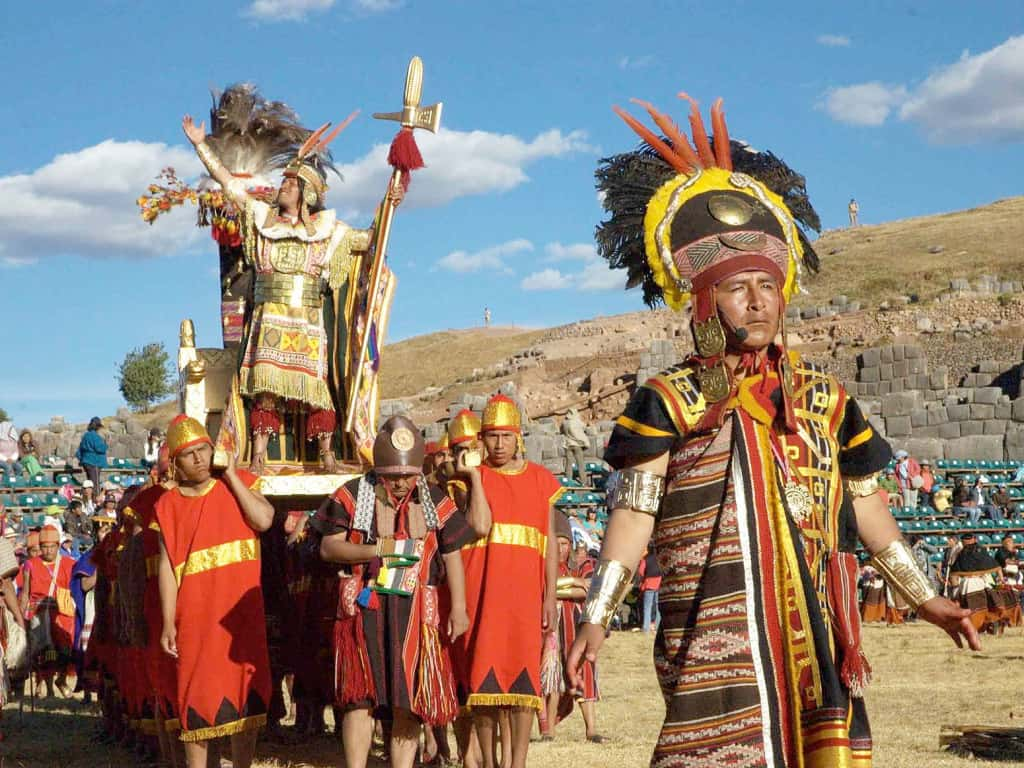

For administrative purposes populations were divided up into groups based on multiples of ten (Inca mathematics was almost identical to the system we use today), even if this method did not always fit the local reality. To better ensure the control of this elite over their subjects, garrisons dotted the empire and entirely new administrative centres were built, notably at Tambo Colorado, Huanuco Pampa and Hatun Xauxa.įor tax purposes annual censuses were regularly taken to keep track of births, deaths, marriages, and a worker's status and abilities. The most important political, religious, and military roles within the empire were, then, kept in the hands of the Inca elite, called by the Spanish the orejones or 'big ears' because they wore large earspools to indicate their status. To ensure loyalty, the heirs of local rulers were also kept as well-kept prisoners at the Inca capital.


The four governors reported to the supreme Inca ruler in Cuzco. The regional administrators, who were almost always ethnic Incas, reported to a governor responsible for each quarter of the empire. Local administrators collaborated with and reported to over 80 regional-level administrators (a tokrikoq) who were responsible for such matters as justice, censuses, land redistribution, organizing mobile labour forces, and maintaining the vast network of roads and bridges in their jurisdiction. Each ayllu was governed by a small number of nobles or kurakas, a role which could include women. The Inca AdministratorsĪt the bottom of the state apparatus were locally recruited administrators who oversaw settlements and the smallest Andean population unit the ayllu, which was a collection of households, typically of related families who worked an area of land, lived together, and provided mutual support in times of need. As all of these groups were composed of different family lines, there was a great deal of rivalry between them which sometimes broke out into open warfare. This latter group was drawn from that section of the population which had inhabited the region when the Incas had first arrived. Then came a third group of nobles not of Inca blood but made Incas as a privilege. Next in line to the panaqa came ten more kindred groups more distantly related to the king and divided into two halves: Upper and Lower Cuzco.


 0 kommentar(er)
0 kommentar(er)
